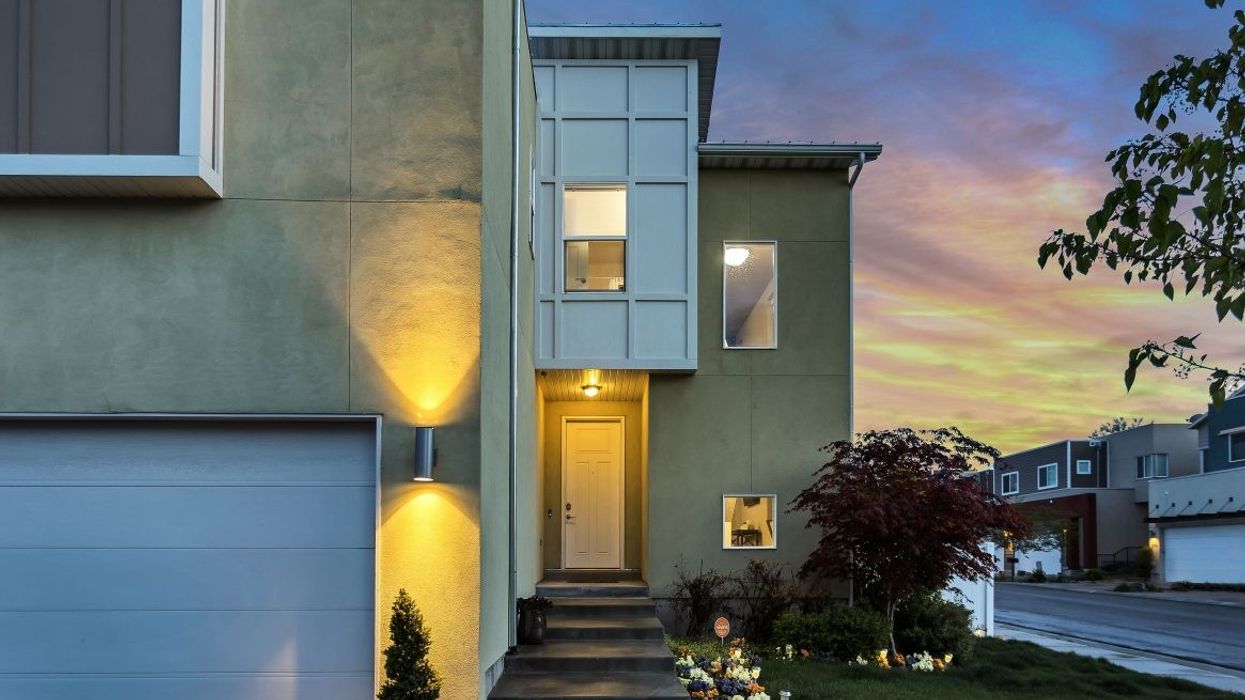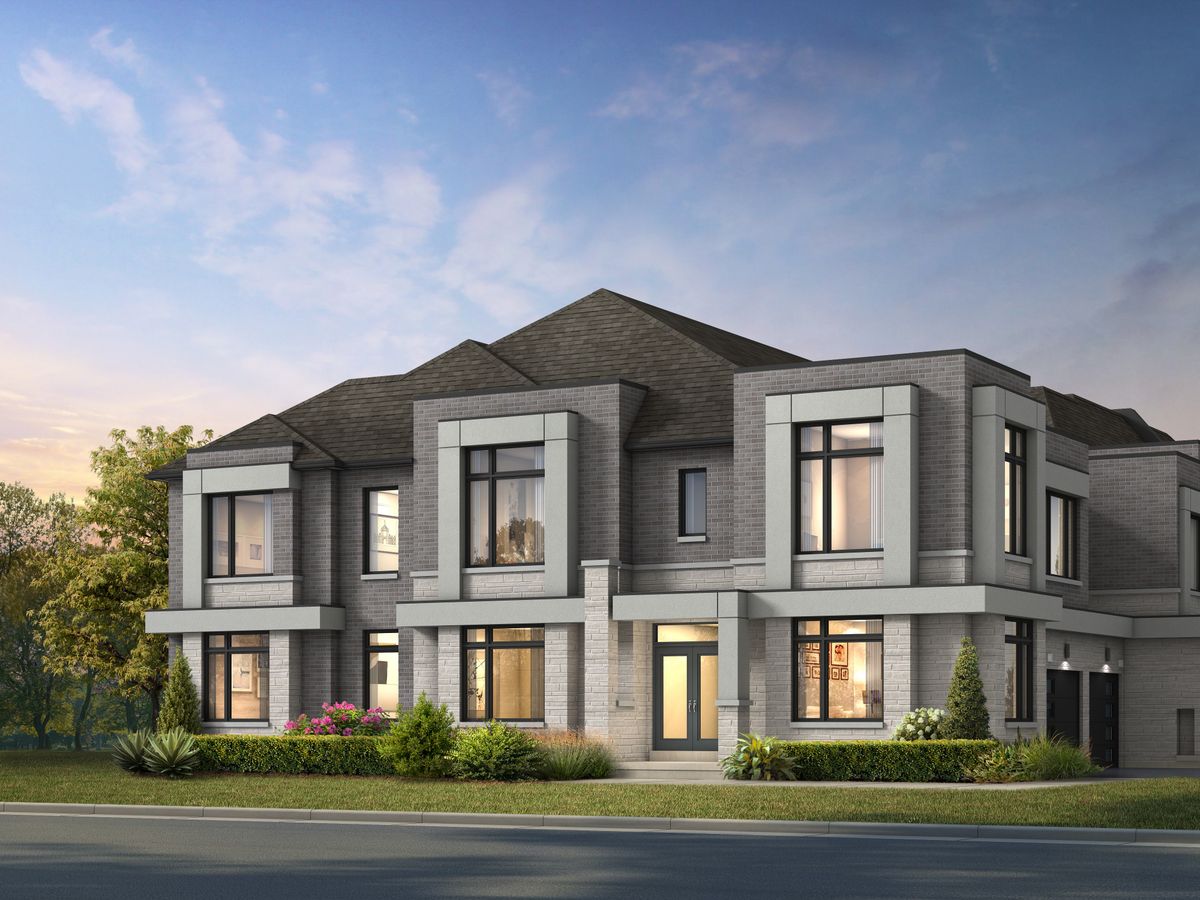Buying a house is equal parts exciting and nerve-wracking for first-time homeowners. One of the biggest challenges is knowing whether or not you’re making a good investment. Despite appearances, not all freshly renovated houses are as good as they look.
READ: What Housing Bubble? Toronto Realtor Bursts The Bubble Talk
What is a flip?
A house that’s been “flipped” has been bought as a revenue-generating asset, renovated, and resold quickly to make a profit. Flipped houses have typically been bought by a contractor, developer or investor, and are not designed to be lived in by the flipper. Most flipped houses you see for sale have not been lived-in in their current state.
Why flips can be bad value for money
Because flips are renovated to sell not to live in, the quality of the renovations can sometimes suffer. Fits and finishes like floors, cabinets and countertops are often designed to look good but not to last. After all, the more a flipper can save money on the renovations, the bigger the potential profit when they sell.
READ: How Does Toronto Real Estate Stack Up To Other Investments?
Renovations that skimp on the kind of quality you might choose for yourself as a homeowner are likely to cost the buyer more in the long run. Less durable floors and countertops, for instance, will scratch and chip more easily. They’ll need to be repaired or replaced faster, especially if you’ve got kids or pets. The same goes for kitchen and bathroom appliances like the fridge, dishwasher and toilet.
Flips can even sometimes hide major structural issues like water leaks in the foundation and roof, or deficiencies in wiring and plumbing.
How to spot a flip
Brandon Ware, a founding partner of Verity Real Estate (@VerityToronto), has seen his share of poor workmanship on flipped houses in Toronto.
“There are some excellent home builders in Toronto and I've seen some high-quality and detail-oriented construction. That being said, I've also seen some shoddy work and there are a few telltale signs of a 'fly-by-night' developer who may have substantially cut corners during their renovation,” says Brandon.
READ: 6 Warning Signs That The Condo You Want To Buy Is A Bad Investment
If you’re looking to buy your first house (or even your second or third), here are some of Brandon’s tips for how to spot a flip and what to look out for if you’re considering buying one. Keep these tips in mind when you’re viewing properties and preparing offers so you can make a smart decision about your future home.
1. Look for the finer details
Check the baseboards, trim and millwork for attention to detail or a lack thereof. If we observe careless work in these areas, there is a good chance that this continues through other, larger elements of the home (like flooring, drywall, insulation, etc.).
2. Dig deep
Find places (ie. the furnace room or an unfinished basement) where you can see and access the 'behind the scenes' areas of a home. Can you see the insulation, flooring, electrical and mechanical work? Does the construction appear to be done properly?
3. Ask the selling agent
Find out who is selling the home, when it was last sold and how much it was sold for. If it was sold relatively recently for a much lower price but looks brand new inside now, the house could be a flip.
4. Get a home inspection
Make every purchase conditional on a home inspection. Bring a qualified, trusted inspector and contractor through to share their opinions on the work completed. Their extensive experience physically inspecting homes will provide you with an in-depth overview and comparison of the home you're considering buying.
5. Do your research
A quick google search will produce images and info on poorly constructed homes and red-flag items to look for. Work with a savvy realtor who is familiar with the signs of a quick and poorly constructed flip.
6. Be realistic
Even well-built homes will have problems. Expecting any home to be problem-free will lead to disappointment. If you find a great home, expect regular and ongoing maintenance and repairs. If you find a substandard renovation and flip, run for the hills.
The flip side of housing affordability
The reality is, many people are looking for finished homes that are immediately liveable, and with currently low inventory in Toronto, houses are selling well and often well over the asking price. But not everyone can afford the market value of a flipped house.
“I’d like to see developers who build for-profit homes contributing to affordable units in the same neighbourhoods (e.g. build one affordable unit for every X market-value units built/sold) because housing is a right and we need to address the real affordability issues that adversely affect low-income members of our community. This is an unpopular opinion in my field, but I say this as someone who has partnered with developers and profited from real estate development; there is enough profit to be shared among those with less opportunity,” says Brandon.





















